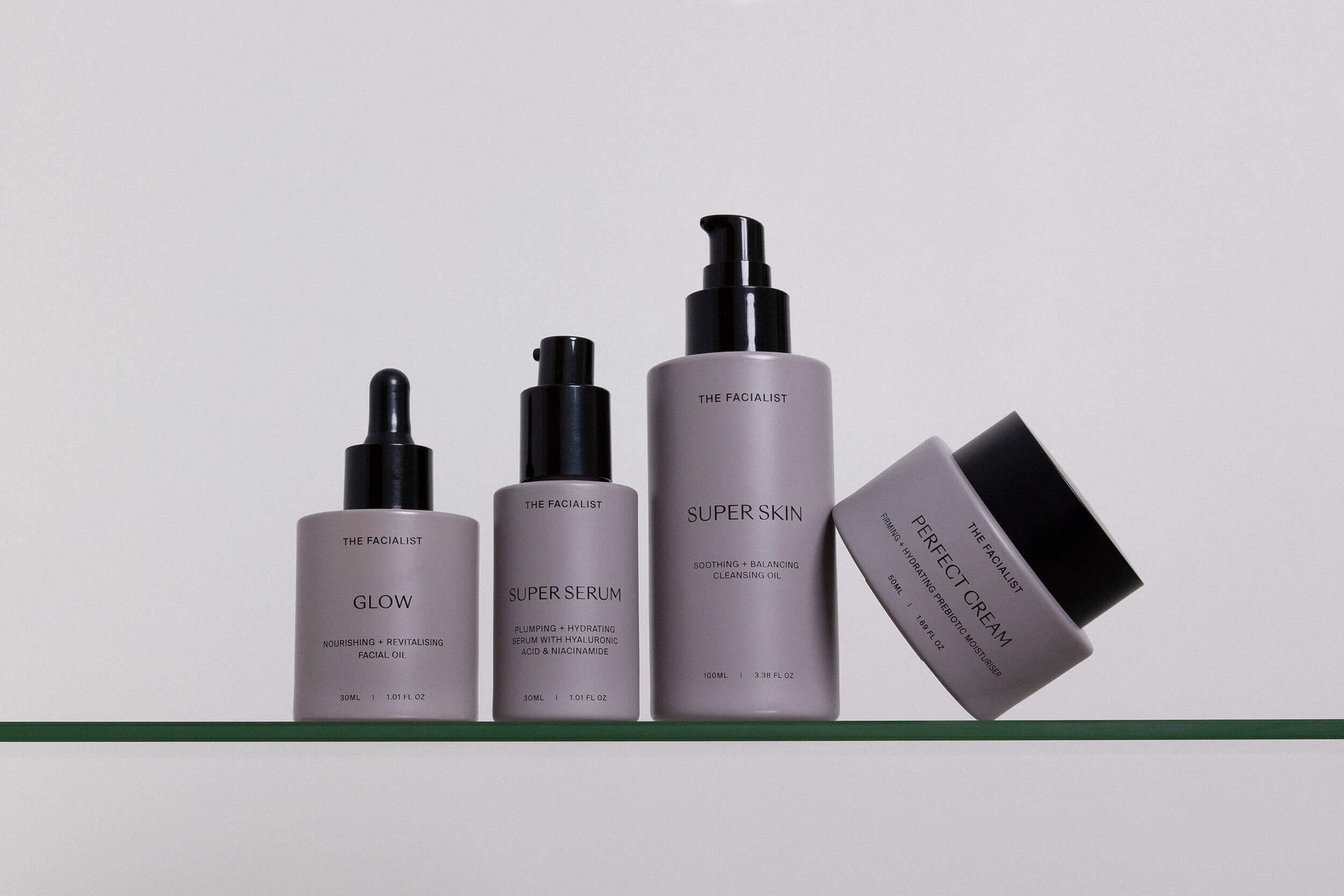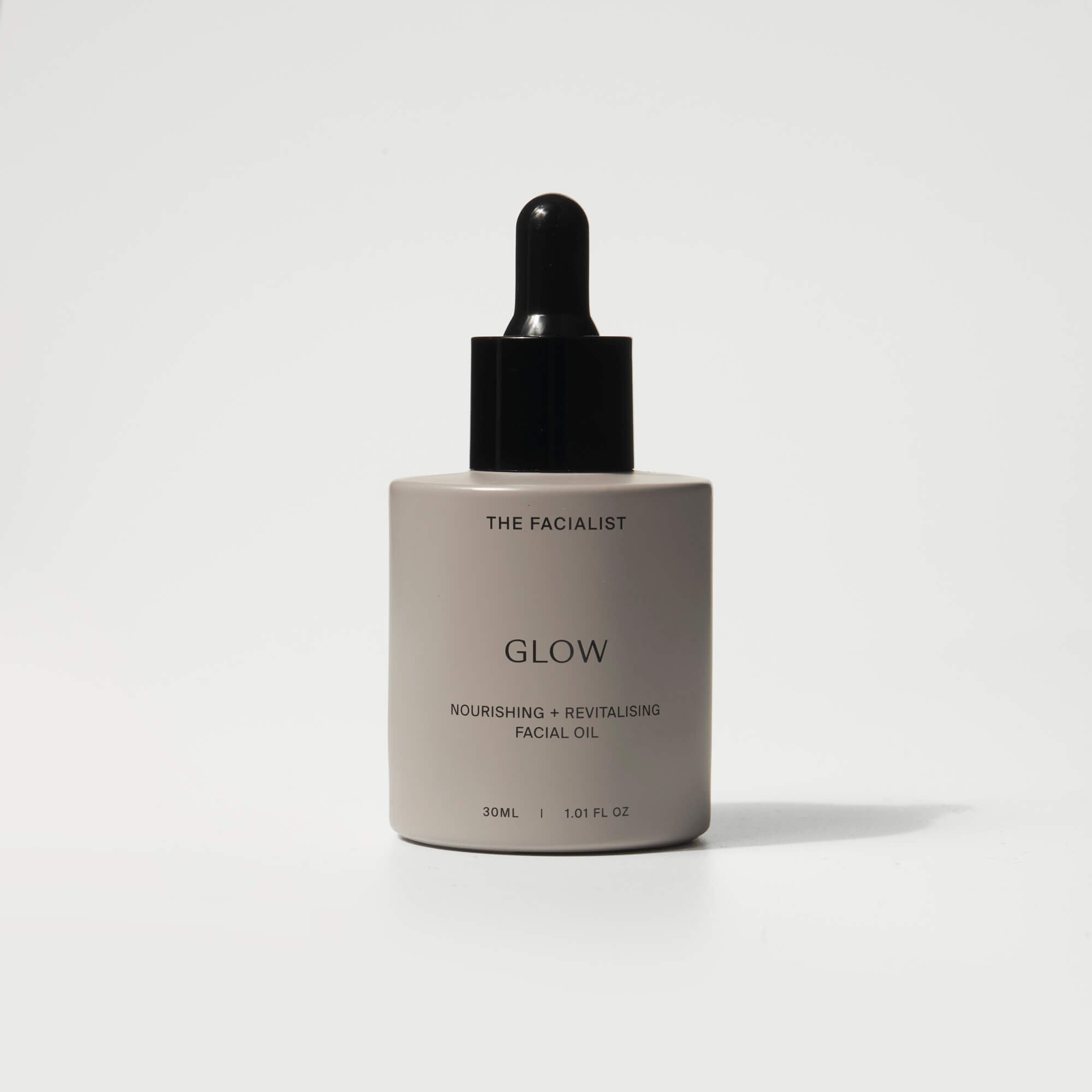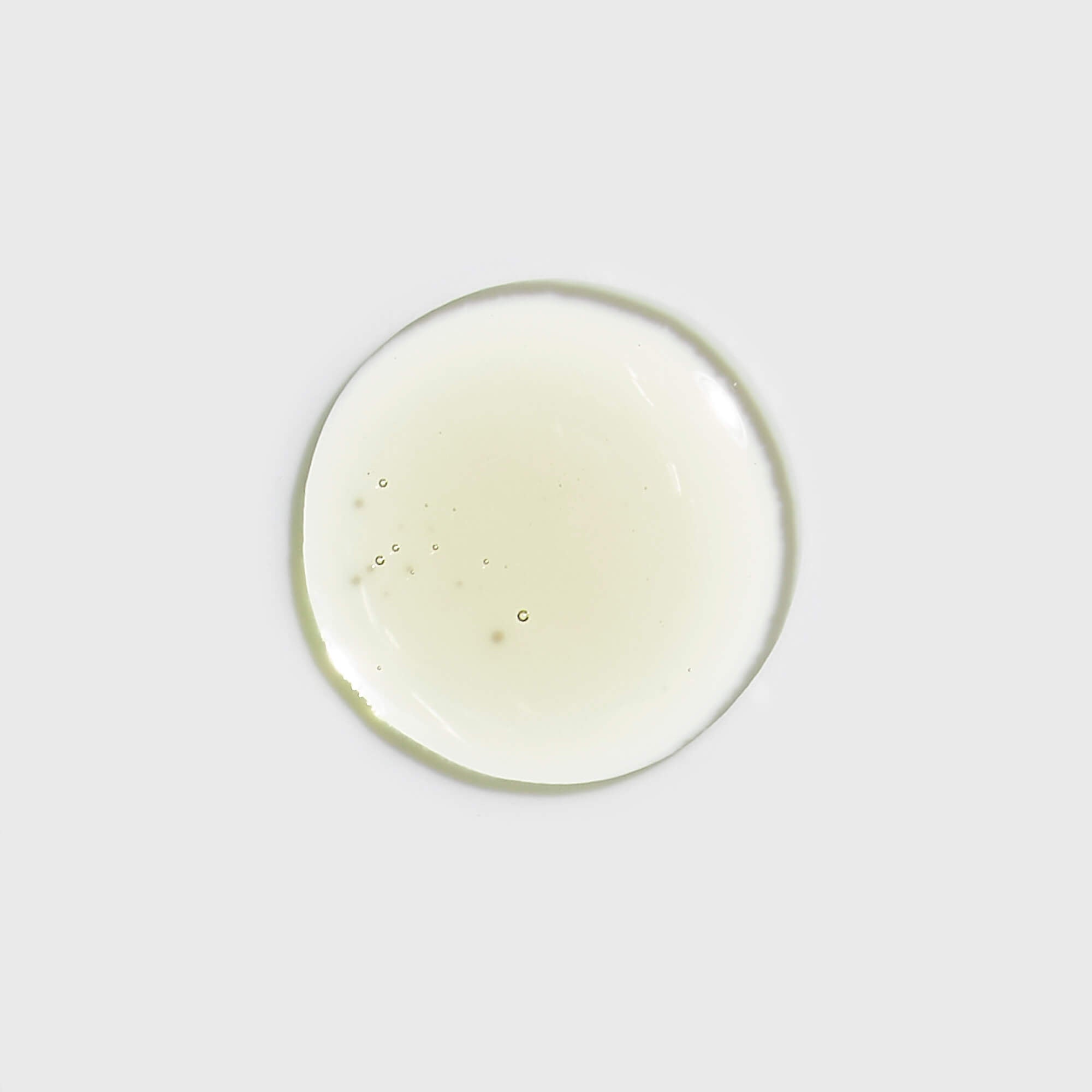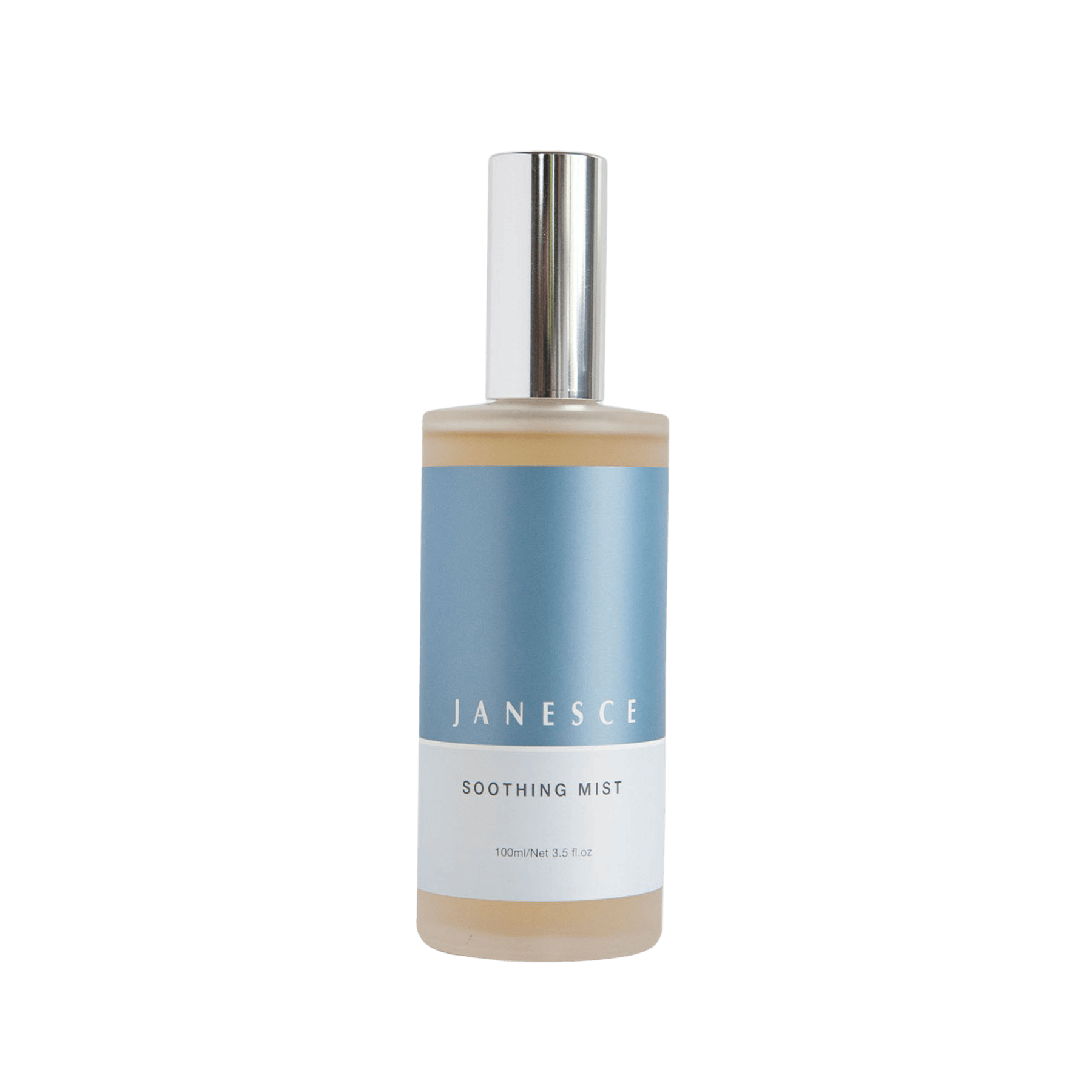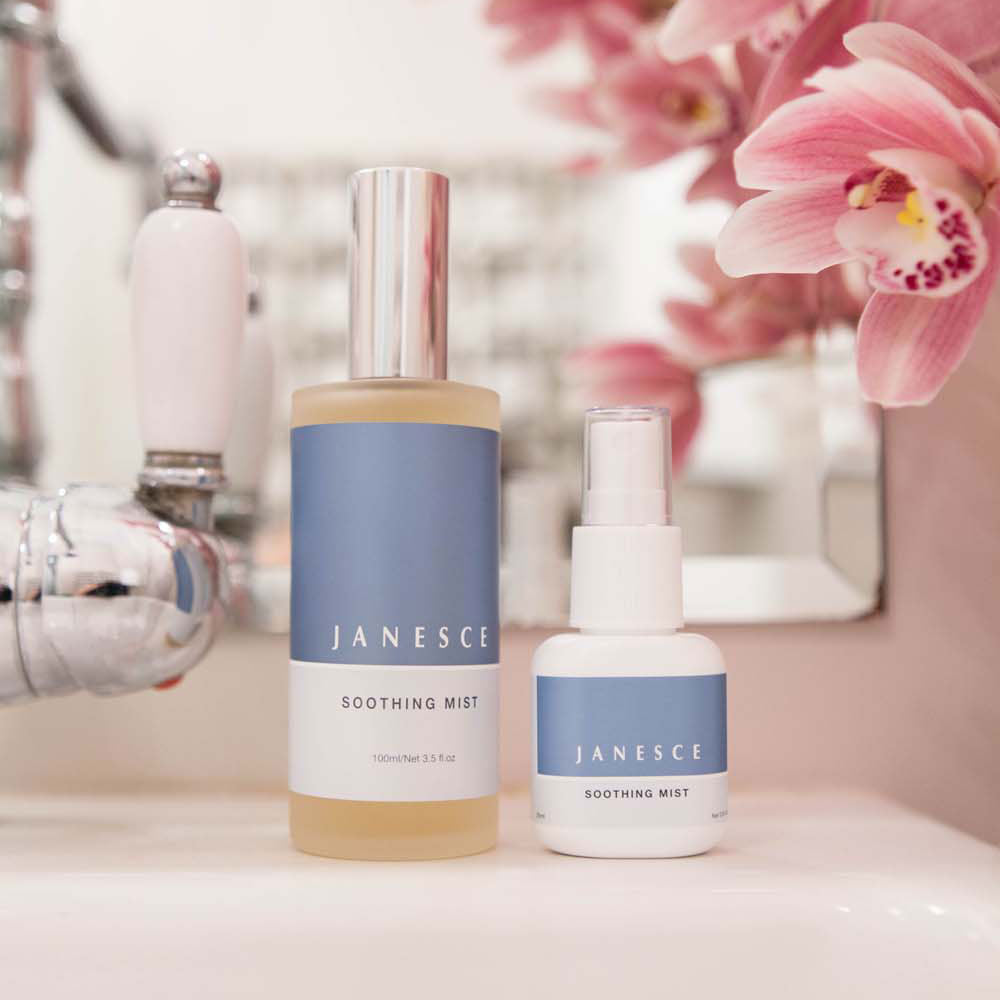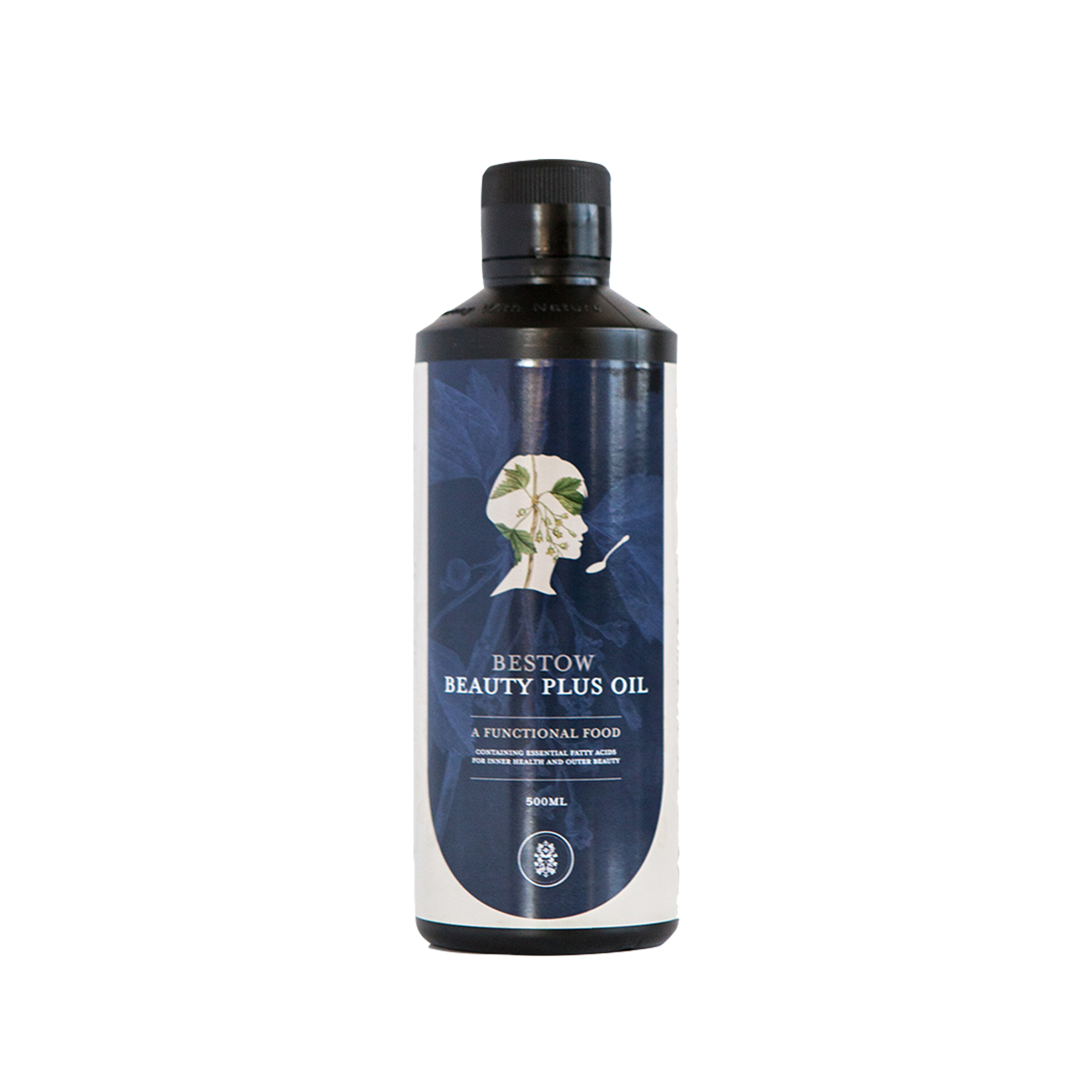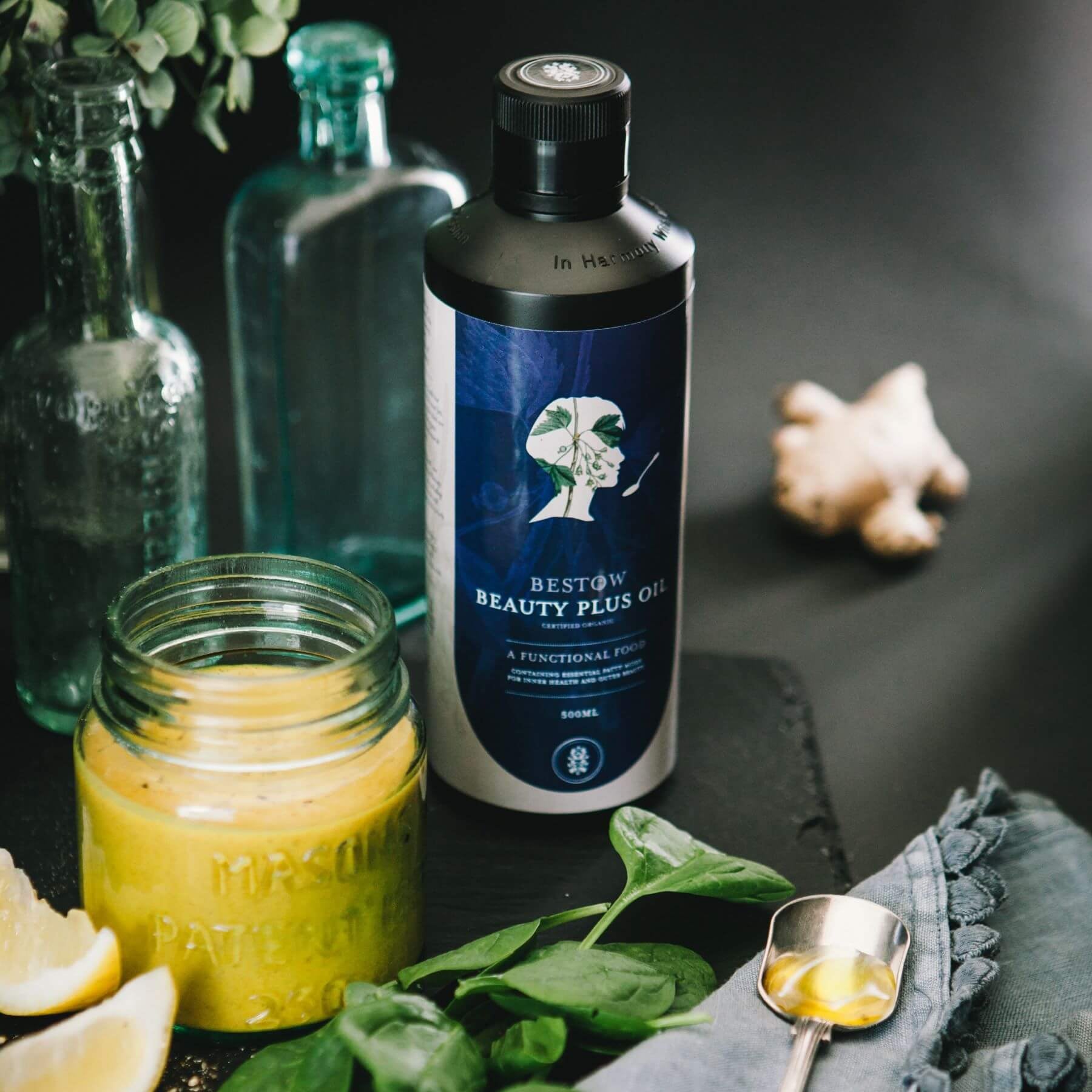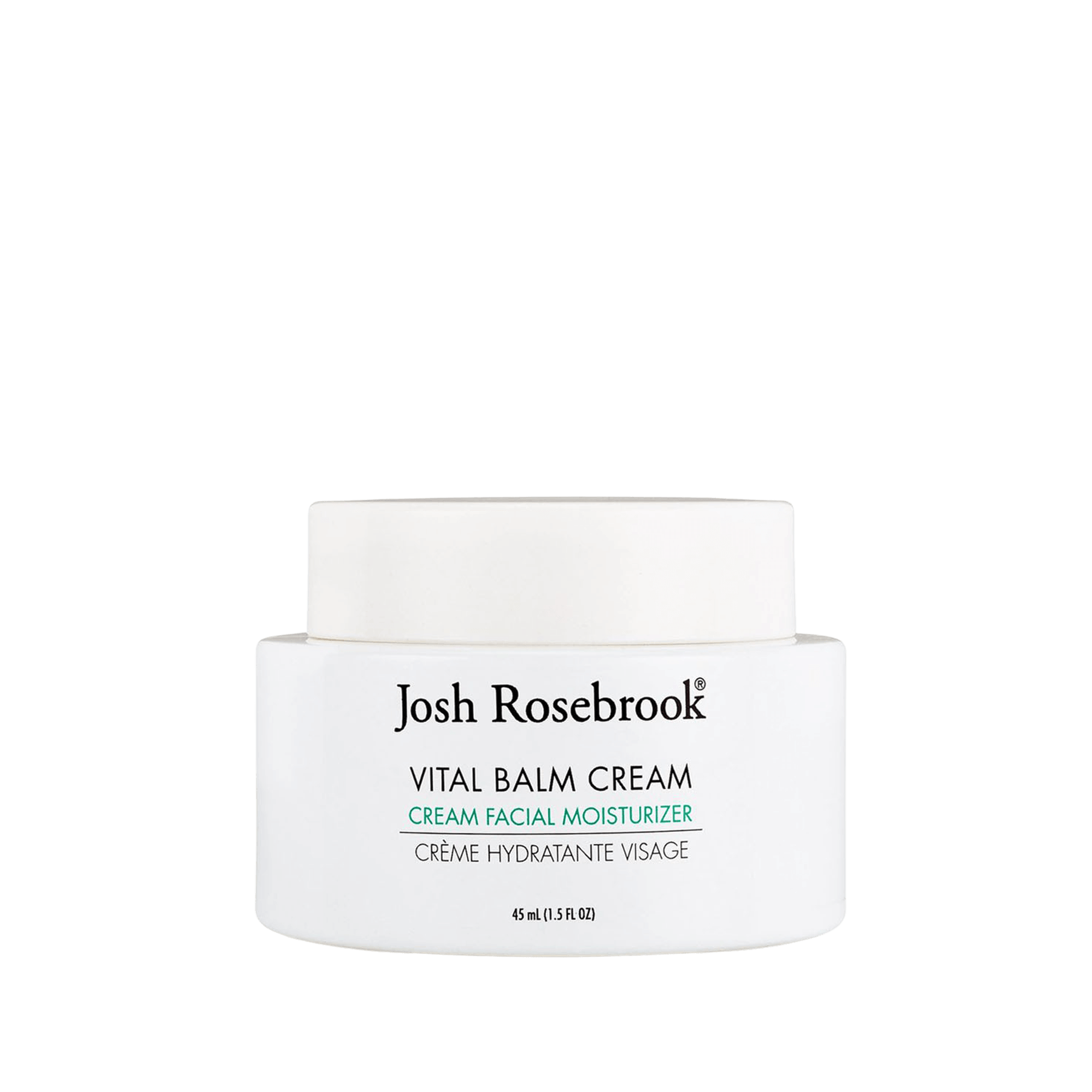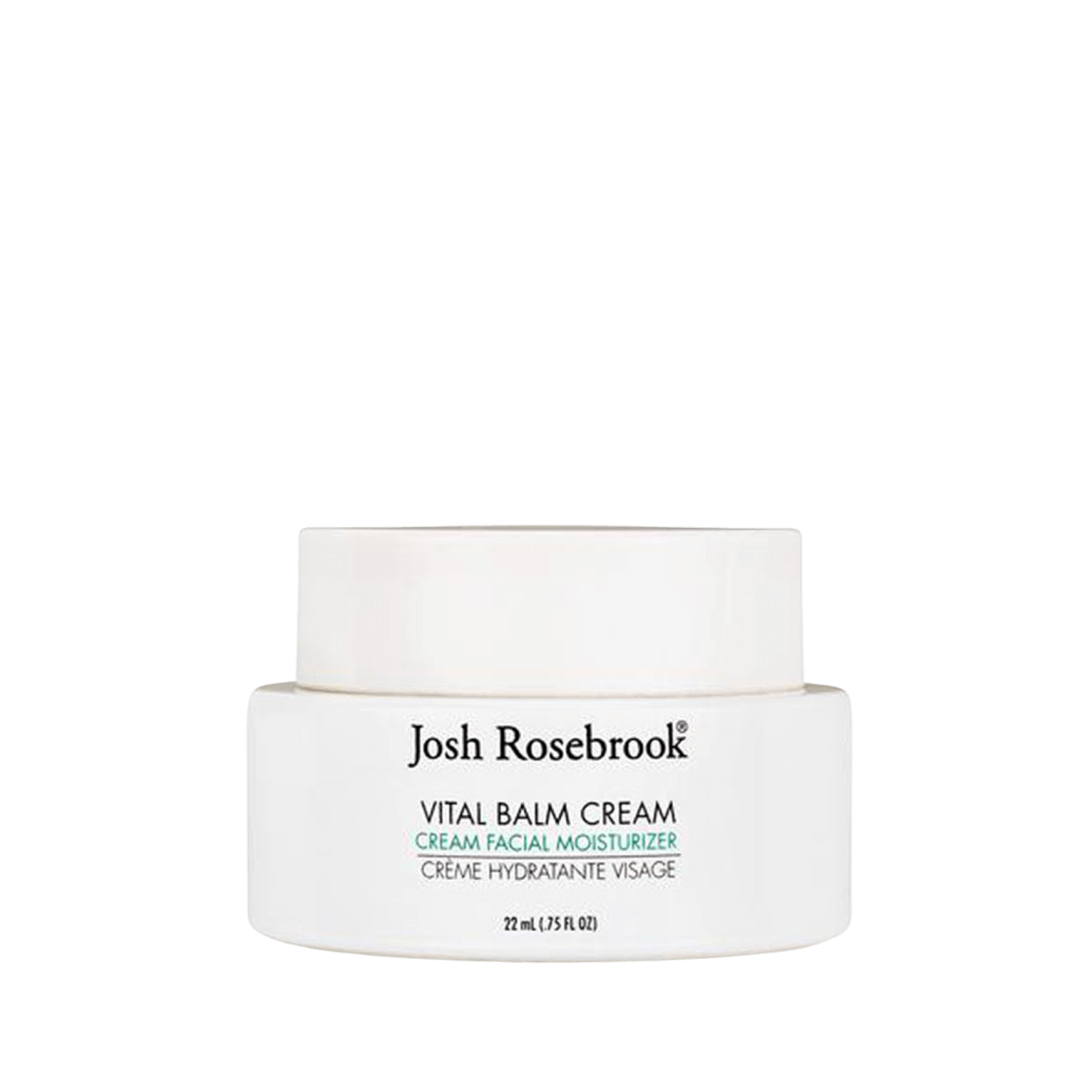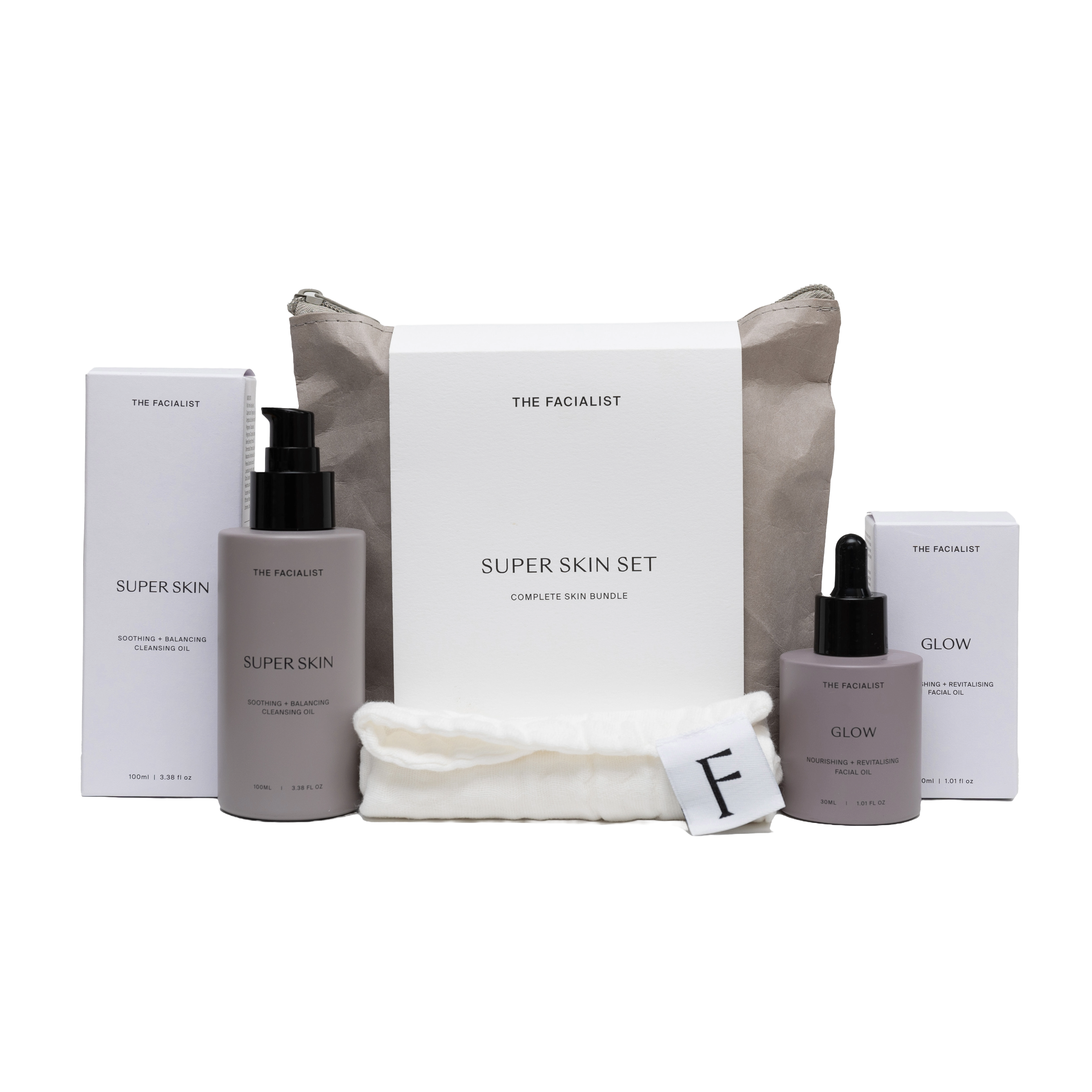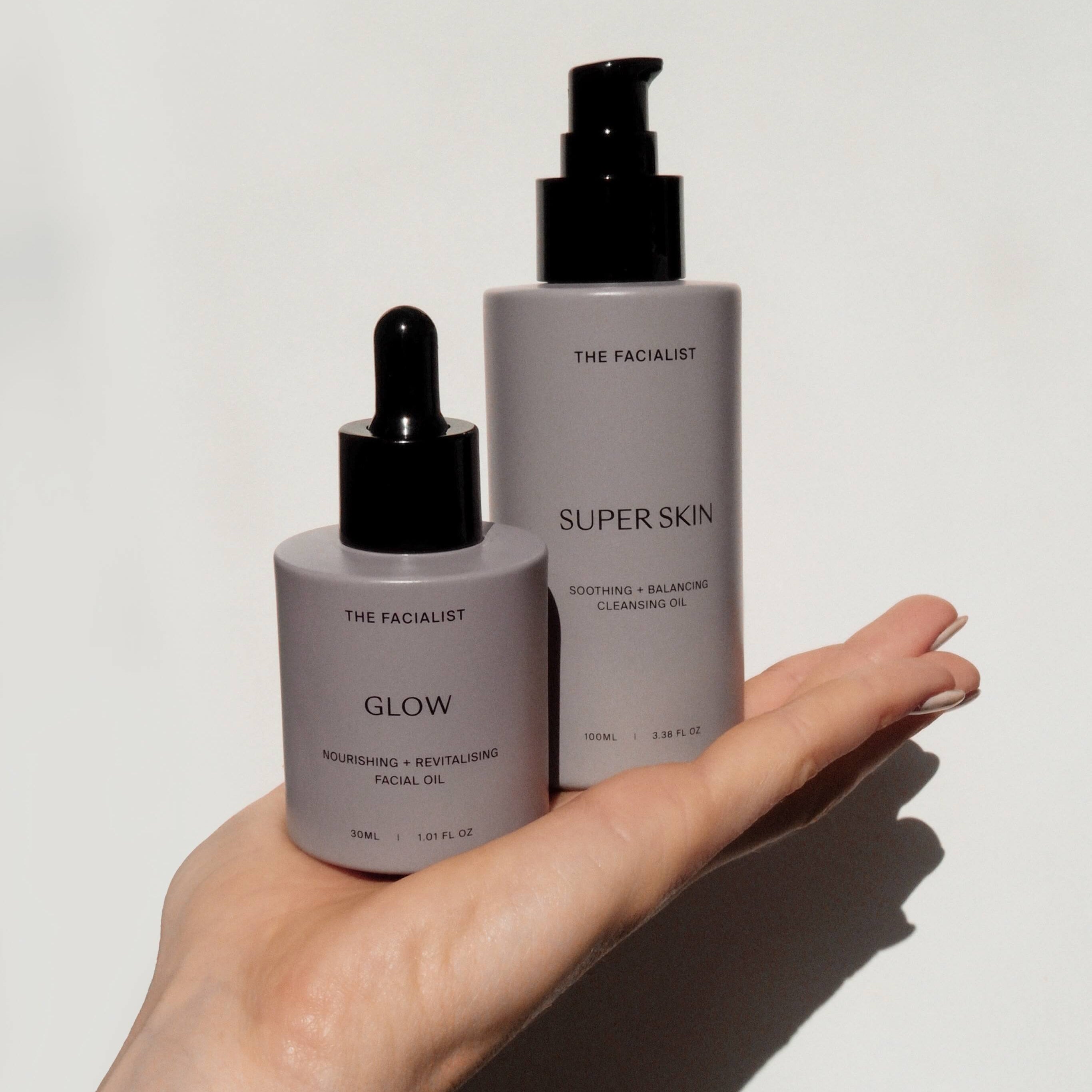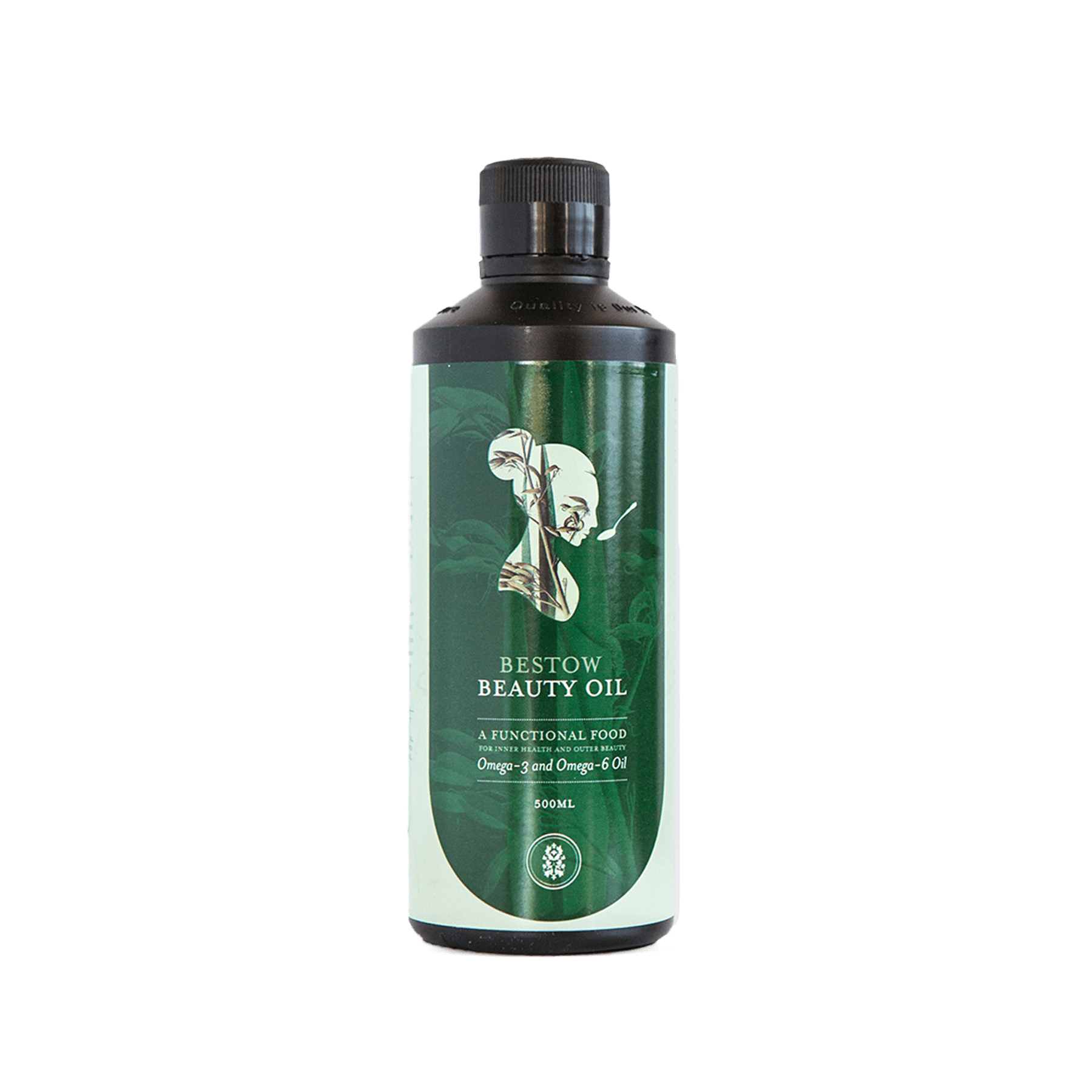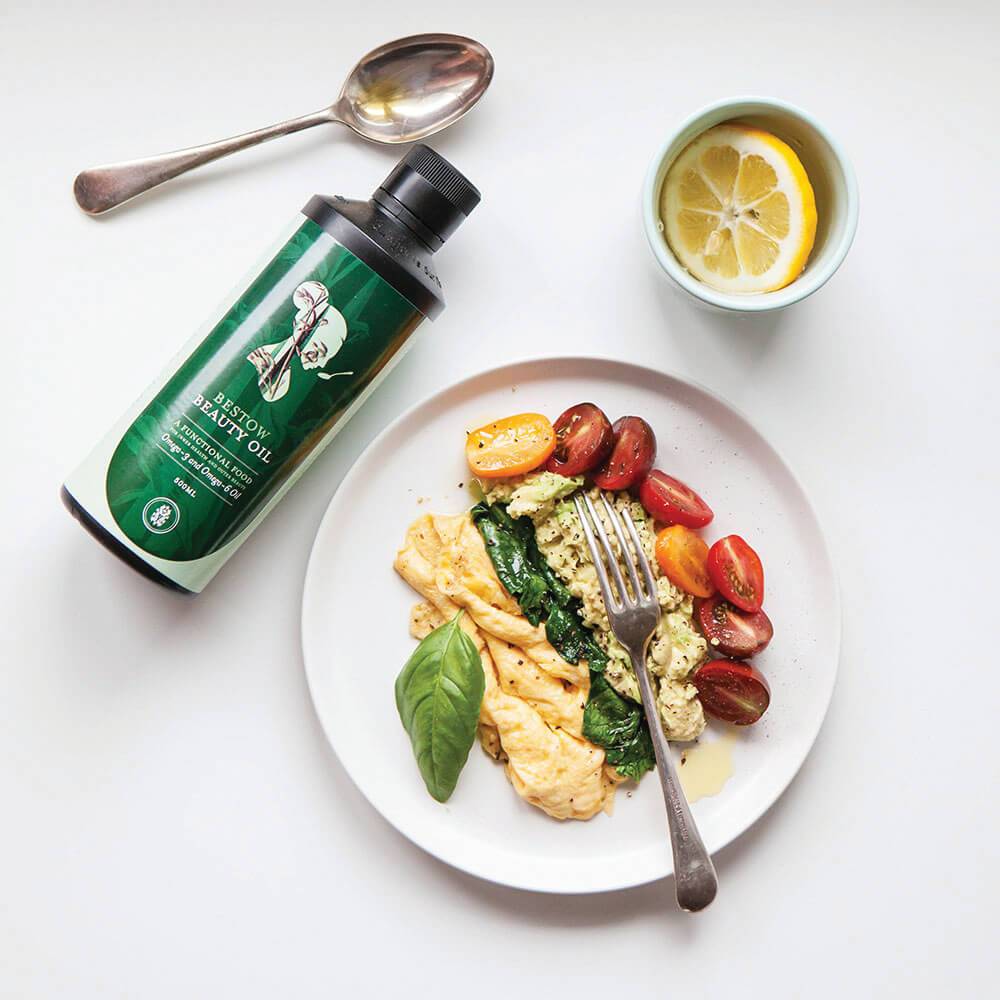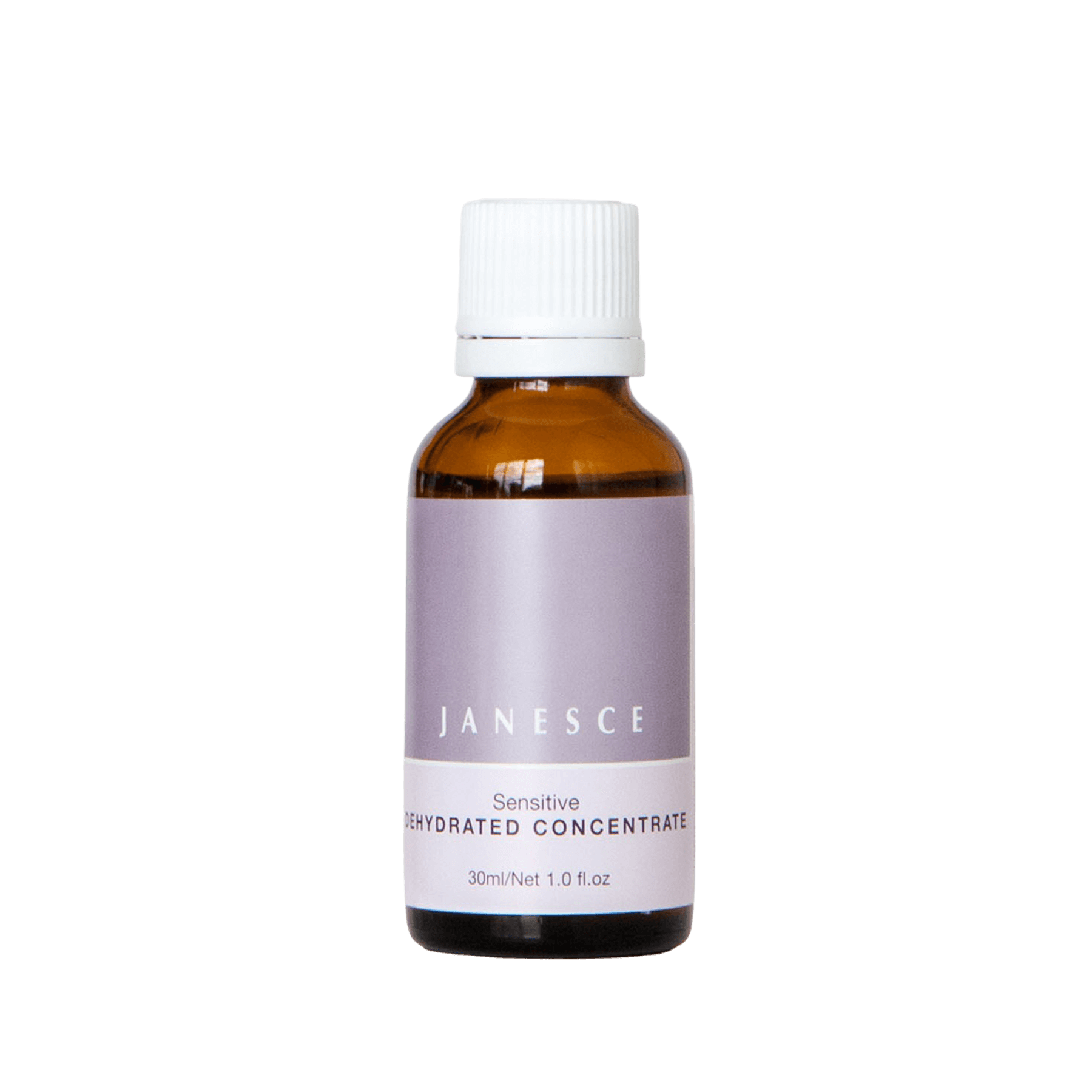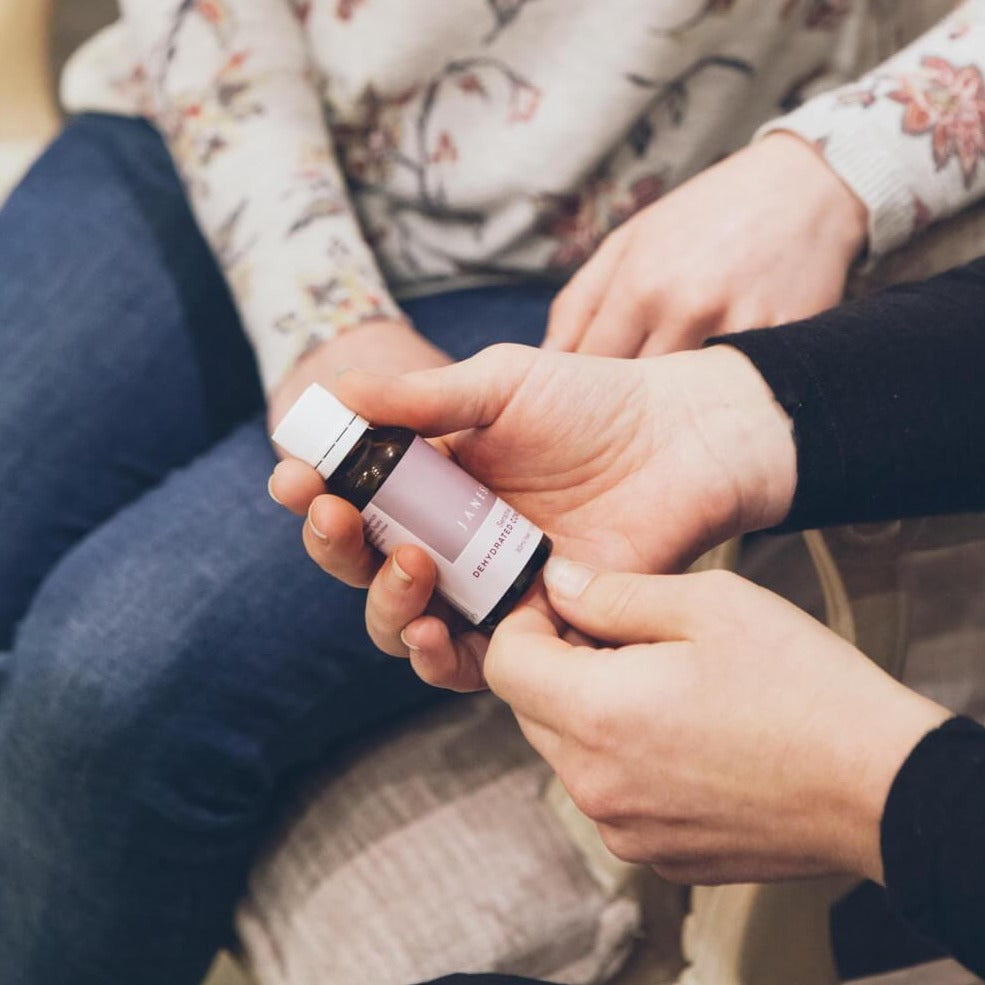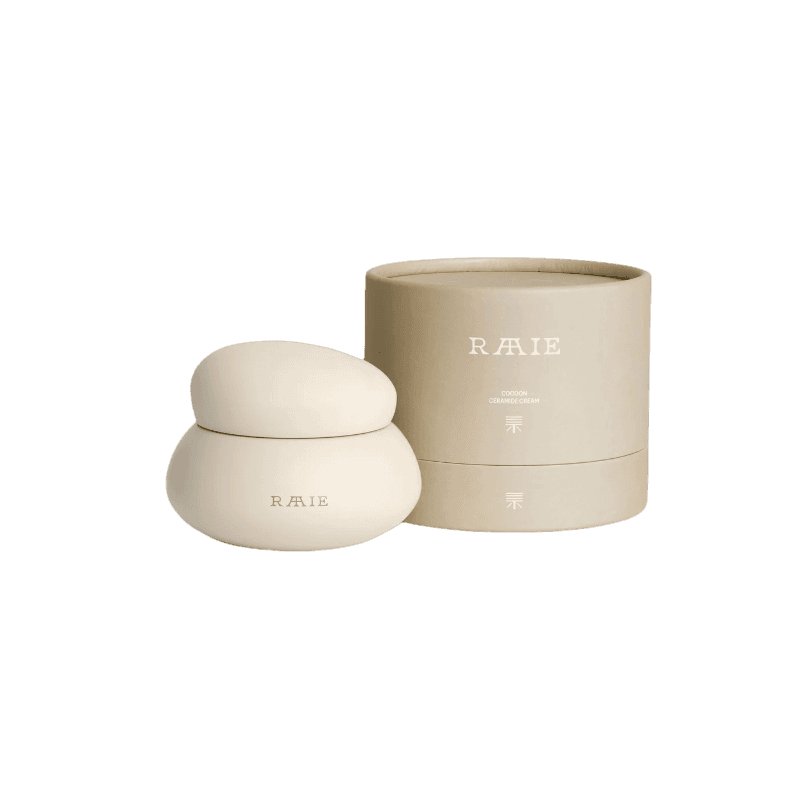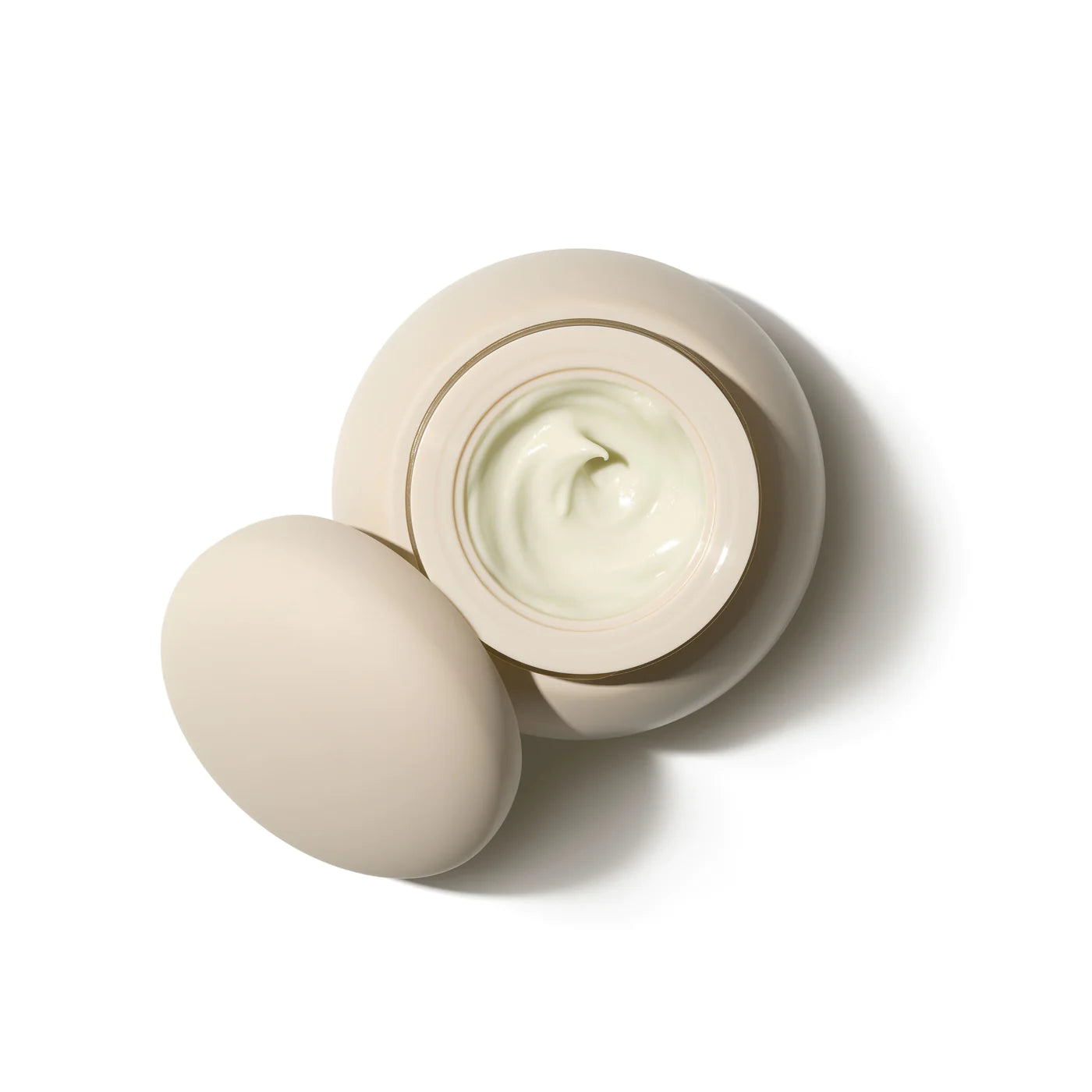Repairing The Skin Barrier

Have you ever been so enthusiastic about a new chemical exfoliant that promised radiant, fresh skin that you may have gone overboard and now your face feels like it's on fire? It happens to the best of us. However innocent it may appear, that burning or itching sensation is a clear indication that you've disrupted your skin barrier – the crucial "shield" that plays a pivotal role in how your skin looks and feels. When your skin barrier is compromised, it can lead to breakouts, rashes, premature wrinkles, and more.
What is the Skin Barrier?
Often referred to as the epidermis, it is like your skin's natural shield. It's a protective layer that keeps your skin healthy, hydrated, and safe from external stressors. When this barrier is strong and intact, your skin looks and feels its best. But when it's compromised, it can lead to various skin issues like irritation, dryness, and breakouts. Taking care of your skin barrier is essential for maintaining radiant and healthy skin.
How does it become compromised?
Your skin barrier, technically known as the epidermis, can be affected by both internal and external factors, often a combination of the two.
Internal factors encompass skin barrier diseases with a genetic component, such as eczema, as well as elevated stress levels and illness. Poor diet and lifestyle choices can also have a significant impact.
Extrinsic factors involve excessive exposure to harsh environmental elements like sun, wind, temperature extremes, and potential chemical irritants from active skincare ingredients such as AHAs and retinoids.
So, how can you tell if your skin barrier is damaged?
It may appear red, flaky, or feel irritated and stinging when you apply any skincare product. Acne breakouts, rosacea, and eczema might surface, and your skin's texture could become rough and bumpy. Those with sensitive skin are particularly susceptible to an impaired skin barrier, making it crucial for them to take extra care to keep it strong and healthy.
Here's how to restore your skin barrier:
- Remove Triggers: The first step is to identify and exclude any triggers that could be contributing to the damage. Cut out all active products, including Retinol, Vitamin C, AHA’s etc. Simplify your skincare routine to the basics – cleanser, moisturizer, and SPF. Avoid products that strip the skin of oils, increase the skin's pH, contain heavily preserved or scented ingredients, or cause photosensitivity.
- Restore and Repair: This is so important. Now that you’ve paired back, what you do put on the skin needs to be kind, nourishing and protective. Opt for a nourishing, calming, and fragrance-free cleansing oil or cream like The Facialist Super Skin Oil Cleanser. Seek out barrier-building ingredients such as ceramides, niacinamide, and fatty acids with products like Raaie Cocoon Creme and Josh Rosebrook Vital Balm Cream. Once the skin begins to heal you can introduce hyaluronic acid into your routine to soothe and hydrate your skin with Janesce Perfecting Gel.
- LED Light Therapy: To reduce inflammation and initiate the repair process. Either at home with the Trudermal LED mask, or as part of your in salon treatment.
- Lead a Balanced Lifestyle: Balance is key in your skincare routine, but what goes on internally also reflects on your skin. Maintain a healthy, balanced diet, rich in fatty foods like nuts, fruits, and fish. A high-quality omega oil supplement can provide essential support for your skin barrier. We use and recommend the Bestow Beauty Oil, and Super Beauty from Two Islands is a wonderful internal hydrator.
Remember, we are here to help. For personalised skin advice try our complimentary Skin Script service HERE and discover our edit of nourishing products to soothe and repair the skin, below.
